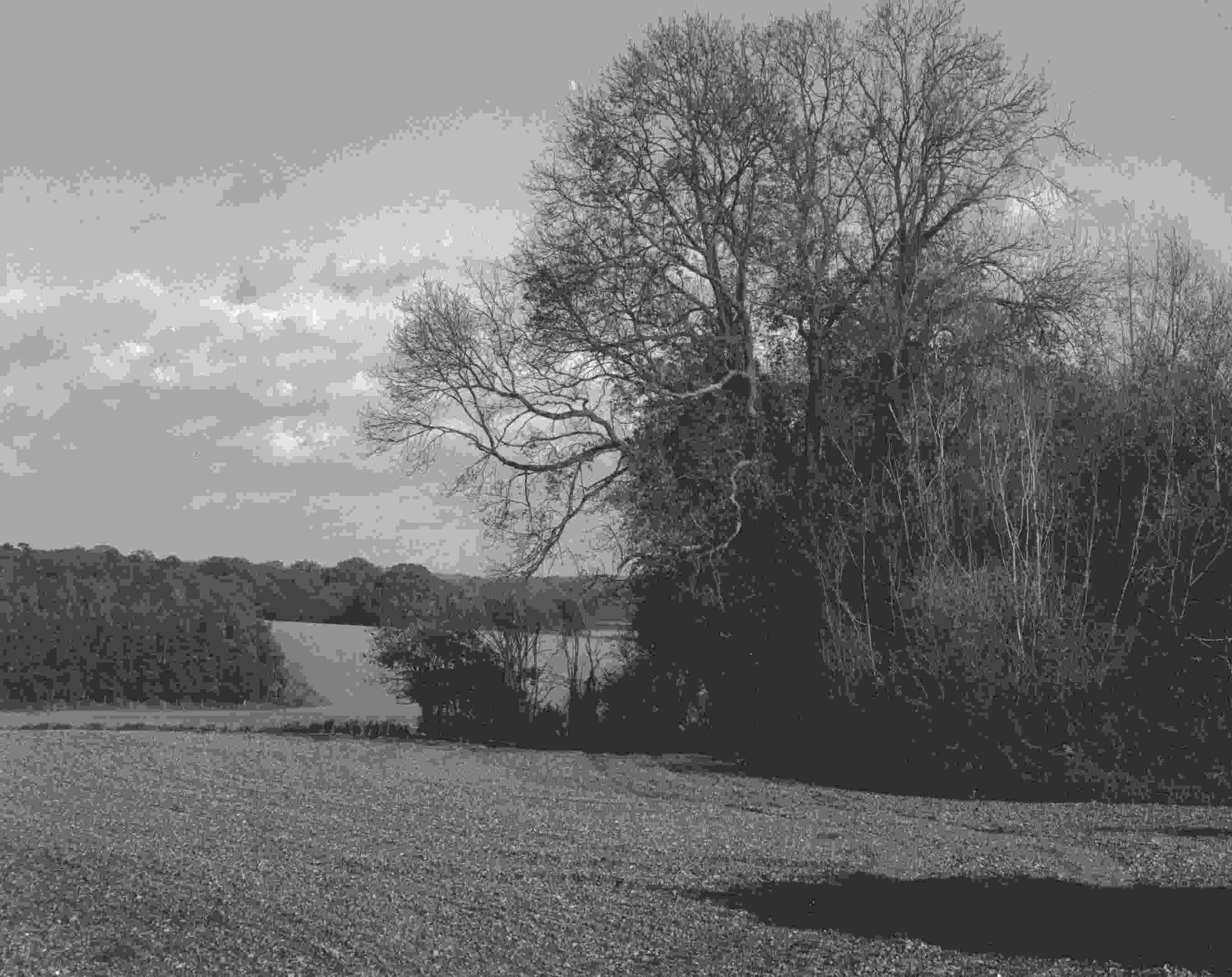ALAN GREELEY's ULTIMA
By Alan Greeley (Area 20)


I still remember the first film I ever developed - back in the 1950s. It was a 120 HP3 exposed in an Ensign Sellix 16/20 and I decided to use the then bang-up-to-date Promicrol. The negs turned out to be quite printable although they showed signs of my rather timid agitation. It wasn't long. However, before I was mixing my own solutions. My first experience with, a two-bath developer was with the original Leica formula as published in the BJ Almanac and which dated back to tile 1930s. Whilst this worked very well, at first it seemed to lose its activity in use resulting in very flat and thin negatives.
Then Willi Beutler published his ideas on films and fine grain developers together with the Beutler high definition developer. In fact, I standardised on this for 35 years or so. It gave me wonderful service well into when I became full-time professional. The developer was very economical and consistent: the only drawback was that the grain was so sharp and apparent that medium to higher speed films were sometimes a bit of a problem.
Two bath developers came under the spotlight again in the 1990s, with many articles written praising them. So I naturally got interested again. I still wasn't convinced, however, that the formulae fully overcame my problems with real consistency. So I started experimenting myself. I made two basic changes to the original concept:
* The use of a really simple top-up replenisher to keep the first bath consistent:
* Making up the second bath from a concentrated solution, so that a completely fresh ‘activator was used for each film.
I've been using my present formula about 3 years now and feel justified in claiming that it's the best all-round film developer I have ever used. It gives high normal speed and excellent pushing capability, high definition with fine grain. Excellent gradation and a consistent long life. It costs a fraction of the commercial equivalents, What more does an old photographer like me need? Well, I do have two-solution extra long life print developer up my sleeve, but that's another story.
This simple formula is based on the original Leica two-bath developer, but has been tweaked as well as having a replenisher introduced to give an even longer working life and better consistency.
It is very suitable for push-proccessing (up to ISO 1600 on ISO 40 stock) without harsh results, but still gives superb gradation on low-speed high resolution materials. It is ideal for making copy negatives.
Bath A & replenisher
Water 400ml
Metol 8gms
Sodium Sulphite(anhyd) 50gms
Water to make 600ml
350ml of this solution plus 150m1 water makes 500ml of Developer Part 'A'. The remaining 250ml plus 4 gms of Borax becomes 'A' replenisher.
Bath B Concentrated stock Sodium Carbonate (anhyd) 30gms
Water to make 250ml
Mixing
Ordinary water can be used, but I recommend that it is boiled for a few minutes (to exclude dissolved air) and then allowed to get back to being just warm for mixing. As advised by the pundits, just a pinch of the sodium sulphite should be dissolved first, followed by the metol and then the remainder of the sodium sulphite.
In use
I recommend a 500ml brown glass bottle for the 'A' developer and several small brown bottles for the replenisher. Mark the developer bottle with the level for the lull 500m1 solution and simply top-up to that mark with replenisher alter each use. Towards the end of the developer's working life, you might have to increase the replenisher by discarding a small amount of developer: it's a very tolerant developer, so you can play around with this side of things without spoiling any pictures. I find that I can either use up all (the replenisher or the use the mix for six months before replacing the whole system and starling afresh.
The 'B' stock is concentrated and can be made up in any convenient size. For use it is diluted: I take 20ml and dilute to my 35mm tank size 225m1) or I take 35ml and dilute to my 120 tank size (375m1). This is discarded after use. Because fresh solution is used each time, the action of the 'B' bath is consistent.
Film speed
I find that I get a useful increase in film speed, especially With the ISO 400 materials, so I advise you to run a little test first.
Processing
I use all solutions at 75F. The film is processed in 'A' developer for its given time and the developer is then poured hack into its stock bottle (and topped up to 500ml with replenisher), allowing about 10 seconds draining time. Without rinsing, the diluted 'B' solution is then poured into the tank for its correct time and then discarded. Follow development with water rinses and normal fixing.
Timings
(at 75F, gentle constant inversions)
'A' bath 3 minutes Push process I stop 4.5 minutes
Push process 2 stops 6 minutes
Empty and drain tank no rinse.
Diluted bath 'B'
3 minutes @ 75F
(two inversions every minute)
Plain water rinses, then fix and wash as normal.
Theory
The idea behind Iwo-bath developers is that little or no development takes place in (lie 'A' bath: the film just absorbs the developer. It is in the 'B' bath, the alkaline activator, that everything happens. The highlights on the negative are said to build up quickly, but because there is only a certain amount of developer available in the emulsion, they do not continue to build tip to high density. The shadows carry on building up, resulting in a more balanced which is ideal for enlarging. Some commercial two-bath soups are very expensive, whilst this one is really cheap to make up and run. The main thing, of course, is that it gives superb negatives.

